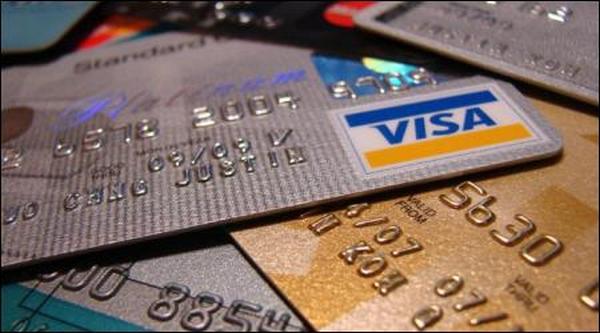The fee to switch to a no-interest card could wipe out your potential savings.
Consumers with credit scores of 720 and higher have been inundated with card applications and preapprovals touting 0% annual percentage rates on new purchases and balance transfers — for as long as 21 months. Credit card analysts say consumers can expect to see more of these offers as delinquency rates — already down 26% from a year ago, according to the most recent data from the Federal Reserve, continue to fall, and card issuers try to boost profits by targeting prime borrowers.
Seventy-one percent of credit-card mail features low introductory APRs on purchases, up from 53% in the year-ago period, according to the most recent data from Synovate Mail Monitor, which tracks credit-card mail. And balance transfer offers are on the rise, making up 65% of credit-card mail, compared to 54% earlier this year.
This is a dramatic turnaround from last year when these borrowers — who pay their bills on time and often maintain low-to-zero balances — were shunned by card companies, in part because their responsible borrowing habits meant smaller profits for the lenders. Many saw their credit limits cut and interest rates raised to rates as high as 30%. Now, card issuers are hoping these more credit-worthy borrowers will spend and carry a balance beyond the introductory period, says Odysseas Papadimitriou, chief executive of CardHub.com, which tracks credit-card offers.
What to Expect
Longer balance transfer promotions…
Promotional periods for 0% balance transfer offers available in October last up to 21 months, compared to the 12-month average promotional period a year ago, according to CardHub. Before 2007, it was rare to see a 0% promotional offer for as long as 15 months.
Someone paying $300 each month on a $5,000 balance at an 18% rate — a common APR right now — will incur $797.17 in interest over 20 months, an expense that could be significantly reduced with a balance transfer. Consumers with credit scores of at least 720 can choose from 12 balance transfer offers with 0% interest that last at least a year. Look for these card applications in the mail, or contact credit-card issuers or search the web to apply. The Citi Diamond Preferred and the Citi Platinum Select cards offer 21 months, the longest period; the Discover More card offers 18 months.
…but higher balance transfer fees
The downside to balance transfers is the 3% to 5% fee you’ll have to pay, which wipes out a chunk of the potential savings. Of the 18 cards offering a 0% balance transfer to high credit-score consumers, all but one have fees in this range, according to CardHub.com. (The Visa Black card is the exception, the balance transfer fee is capped at $50, but the card has an annual fee of $495.)
Many credit-card issuers have also eliminated caps for fees on balance transfers, many of which were $100 or less only a year or two ago, says Curtis Arnold, founder of CardRatings.com, which monitors credit-card trends. So now, to transfer $5,000, you’d pay up to $250. And more fee hikes are likely on future offers in the near term, says Anuj Shahani, a director at Synovate. But if you can pay off the balance in a 21-month period, you could save upwards of $500 on the 18% interest you’d have otherwise incurred.
Higher rates after the promotional period…
On average, most 0% rates will adjust to around 15% after the promotional period, a high rate for prime borrowers who, pre-credit crunch, could often secure a rate below 10%. So pay off the entire balance before the promotional period ends or you’ll be stuck with a rate that could be higher than the one you have now.
Rate changes won’t stop there. As with any credit card, the issuer can increase the APR again, and if it does so, it will notify you by mail. That new rate won’t apply to your existing balance, which was often the case before the new credit-card rules went into effect, but will apply to purchases you make as early as 14 days after you receive the notice, says Papadimitriou.
…but more forgiveness
If you miss a payment, you’ll have a longer grace period before you lose that 0% rate. Prior to the new credit-card law, if a cardholder was late with one payment, his interest rate could default to a penalty APR, usually 24% or higher. Now, the penalty rate kicks in only when a consumer is late on a payment for more than 60 days. Although it’s a better deal for, say, an absent-minded bill-payer, that penalty would likely wipe out the savings from a 0% offer.
Views: 138





